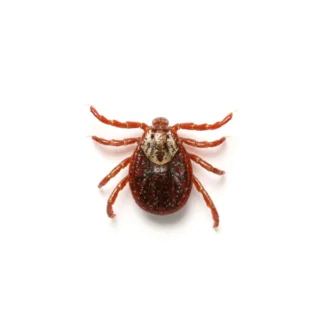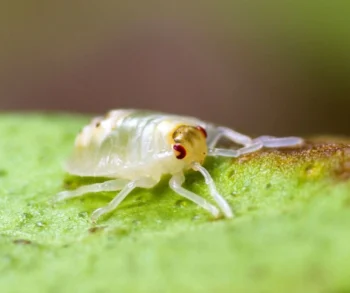Tropical Rat Mites in Kailua Kona
The tropical rat mite is commonly only found on Norway rats. Due to the Norway rat’s spread, they are now found worldwide. They are more common in warmer climates and are often found in inhabited and uninhabited rat nests. Even though they are small, they are able to travel several hundred feet to find a new host. It is unclear whether these mites can transmit diseases to humans.
Tropical Rat Mite Habitat
Tropical rat mites have been found in stores, restaurants, theaters, and other buildings where Norway rats have invaded. They are nocturnal, feeding at night or in areas of semi-darkness, and will hide in cracks, crevices, and other dark places until it is time to feed again. These mites prefer warm, dark areas, often accumulating in walls in close proximity to a heat source such as hot water pipes, stoves, and dishwashers.
Tropical Rat Mite Behaviors, Threats, or Dangers
Tropical rat mites can become a significant issue in areas where rat eradication programs are in progress, as they will resort to attacking humans and other animals for survival. Even in the presence of abundant rats, these mites are known to attack people. Their bites can lead to irritation and sometimes painful dermatitis lasting for two or three days. Both nymphs and adults will attack humans, but the nymphs seem to be the most troublesome. If you suspect an issue with tropical rat mites, it’s important to contact a professional tick & mite control expert.
Need help with Tropical Rat Mite control?
Need Pest Control Service?
Leave your information below and we’ll be in touch with a FREE quote!
"*" indicates required fields
*During normal business hours. After hours calls will be returned the next business day.




